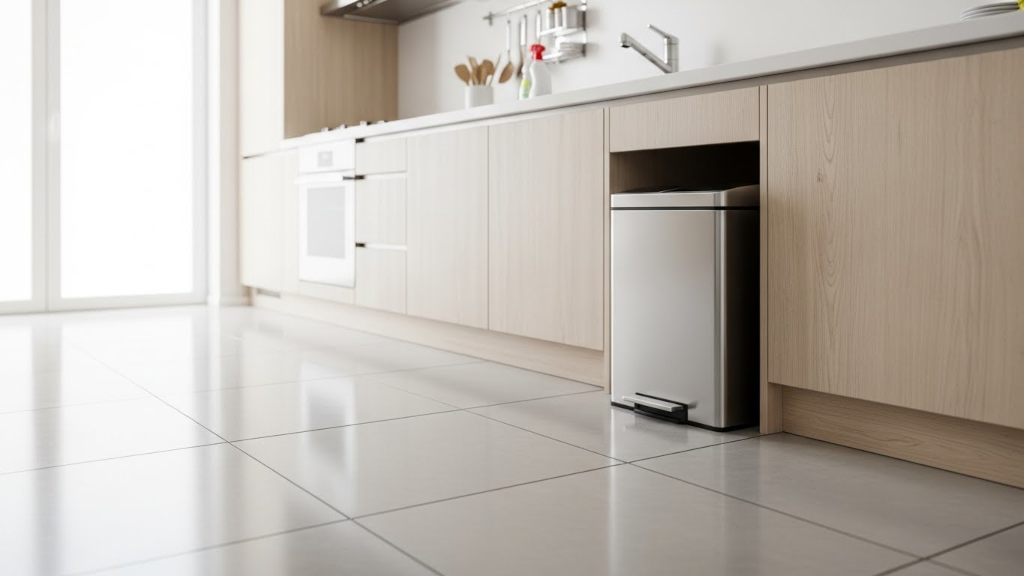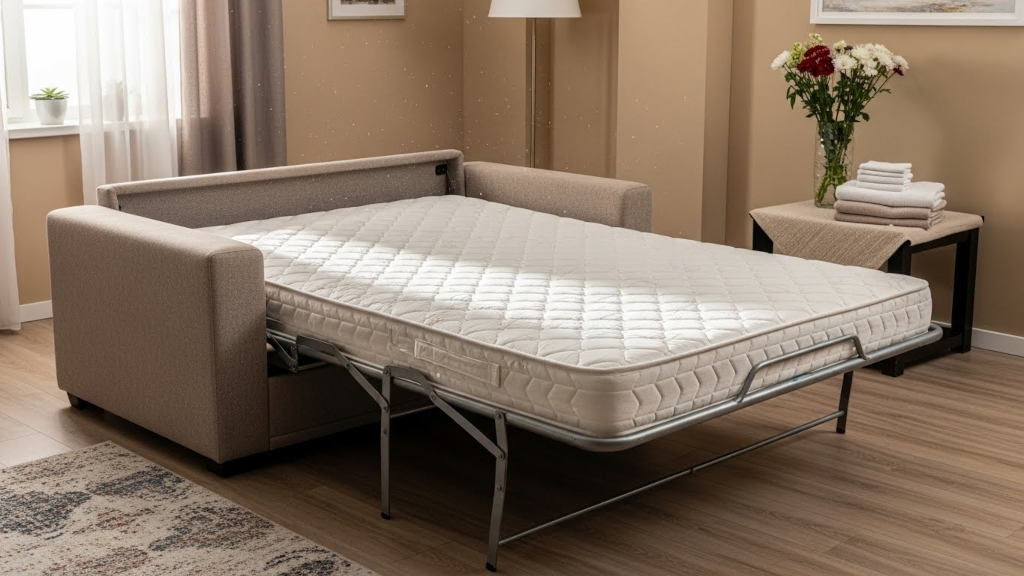As temperatures drop and leaves start to fall, new seasonal challenges arise inside the home. Autumn brings beauty and crisp air, but also an increase in indoor odors. Musty smells, damp leaf buildup, and basement moisture can all contribute to a stale, earthy atmosphere.
Many homeowners notice this shift each year, especially in closed rooms or areas near entryways. While fall may feel fresh outside, it often brings hidden odors indoors. The good news is that odor-eliminating sprays and simple ventilation changes can restore balance and freshness.
What Causes Fall Odors?
During autumn, falling temperatures lead to more time spent indoors and less open-window ventilation. Humidity shifts and wet leaves also create ideal conditions for odor buildup. Common culprits include:
-
Damp shoes and jackets are bringing in leaf debris
-
Moisture buildup in basements and crawlspaces
-
Poor airflow in garages, mudrooms, and laundry areas
-
Organic matter trapped near doorways or under rugs
Unlike summer odors, which are often tied to heat or cooking, fall smells come from decay and trapped moisture. These odors are subtle at first but grow stronger as the season progresses.
Why You Should Avoid Masking with Heavy Scents
It’s tempting to light a candle or spray a perfume-heavy air freshener when things start to smell off. But these products don’t solve the problem. In fact, they can make musty air feel even heavier.
The better approach is to eliminate the source of odor and refresh the air using a neutralizing spray. These sprays work by targeting the compounds responsible for smells that are often caused by bacteria, mildew, or decaying organic material, and breaking them down at the molecular level.

Look for products designed for indoor odor removal, especially those labeled as safe for fabrics, walls, and high-moisture areas like basements.
Where to Spray for Best Results
Fall odors tend to settle in overlooked areas. A fine mist of odor remover spray can clear out stale air and restore freshness without overpowering your space.
Focus on these high-impact zones:
-
Inside mudrooms or entryways where wet leaves collect
-
Around basement stairwells and lower-level windows
-
On rugs, mats, or runners that get daily foot traffic
-
Near HVAC vents or air returns that circulate stale air
-
Behind furniture near exterior walls that may trap condensation
Mist lightly into the air and across soft surfaces. Avoid spraying on wood or delicate fabrics unless the product is labeled safe for those materials. For stronger smells, use the spray consistently for several days to fully neutralize the source.
Keep Air Moving Even in Cooler Weather
When fall arrives, it’s easy to shut all windows and seal up the home for warmth. But stagnant air traps moisture and odor. A simple shift in airflow can make your spray treatments more effective and prevent smells from returning.
Use small fans near problem areas or run your HVAC system for 15–20 minutes at a time to circulate air. In dry weather, crack a window for a short period to exchange indoor air with fresh outdoor air. You can also run a dehumidifier in basements or enclosed spaces to keep humidity levels in check.
This airflow supports odor spray performance and keeps your indoor environment from becoming stale.
Fall Freshness Without Heavy Fragrance
You don’t need cinnamon-scented sprays or harsh chemicals to enjoy a clean-smelling home this season. With a reliable odor-eliminating company spray and attention to airflow, you can remove fall smells where they start.
Clear out leaf debris near entrances, spray high-traffic zones, and maintain circulation throughout the house. These small steps make a big difference in keeping your space comfortable, clean, and truly fresh for fall.








